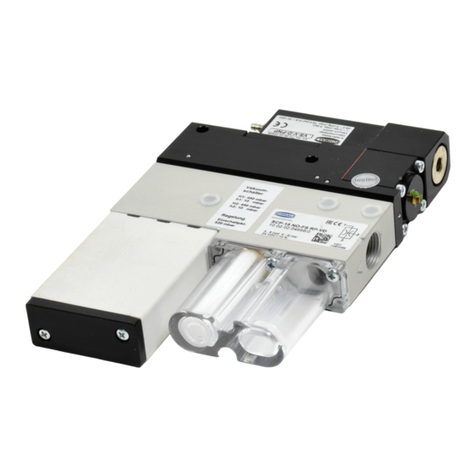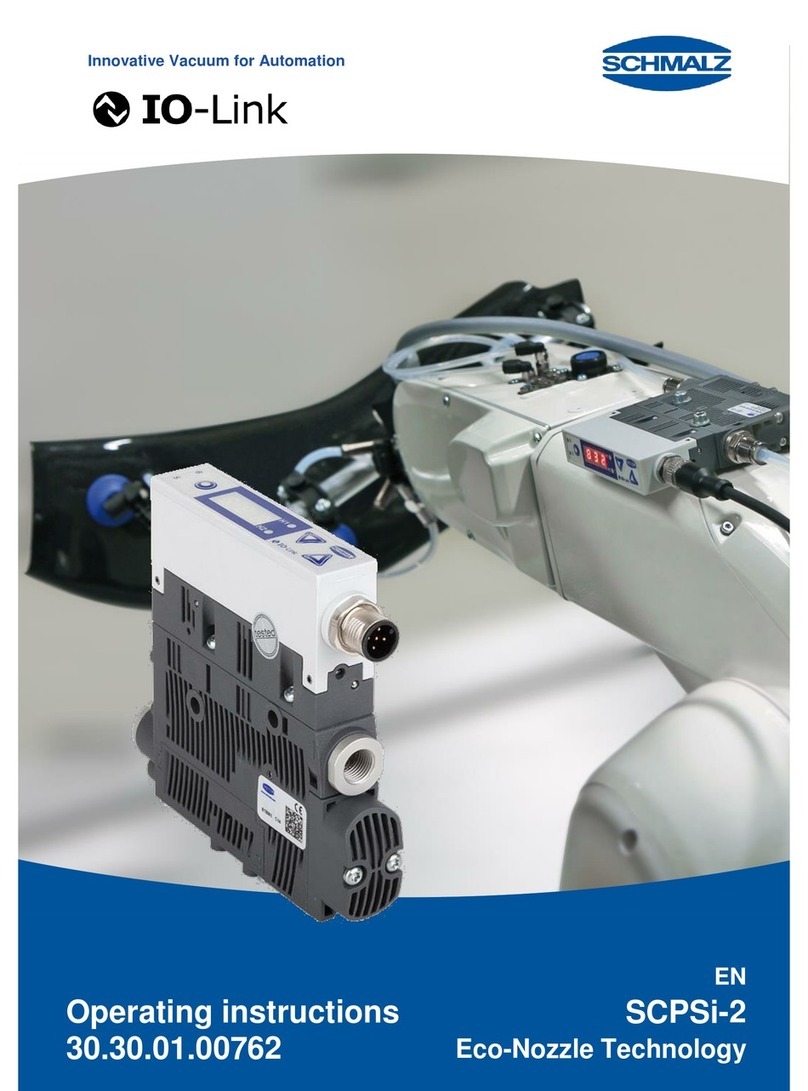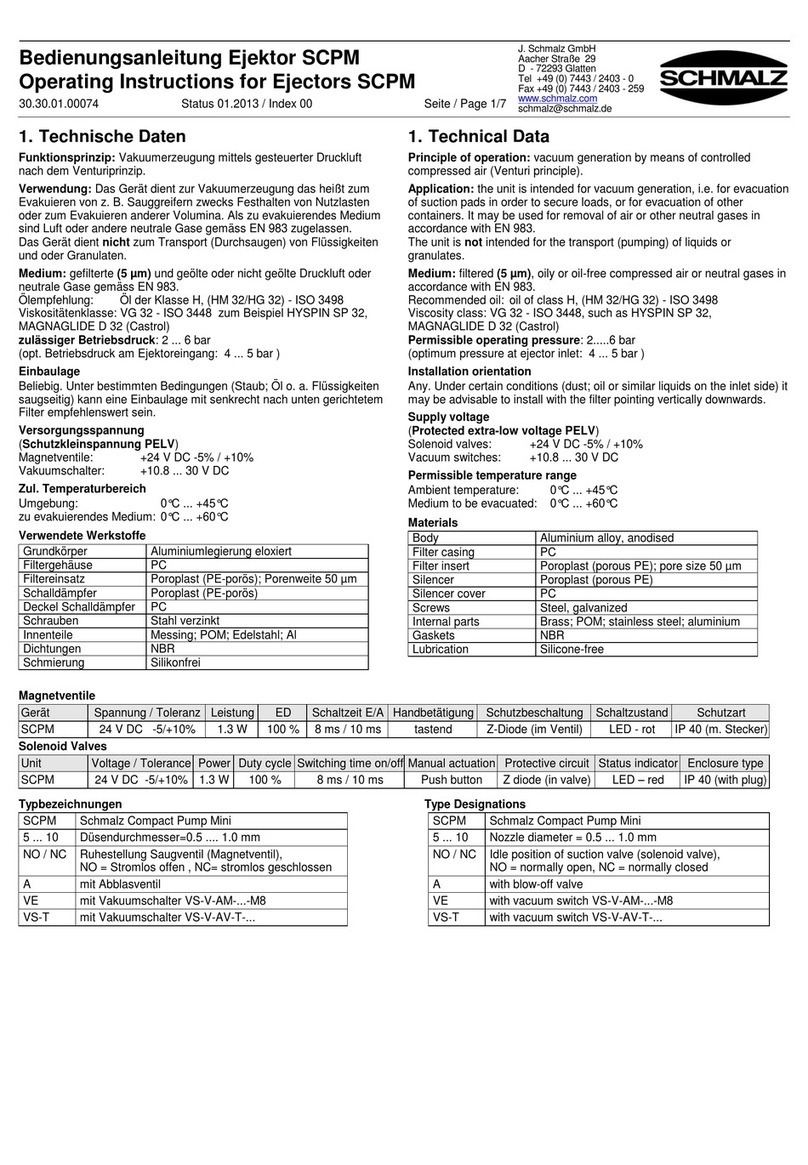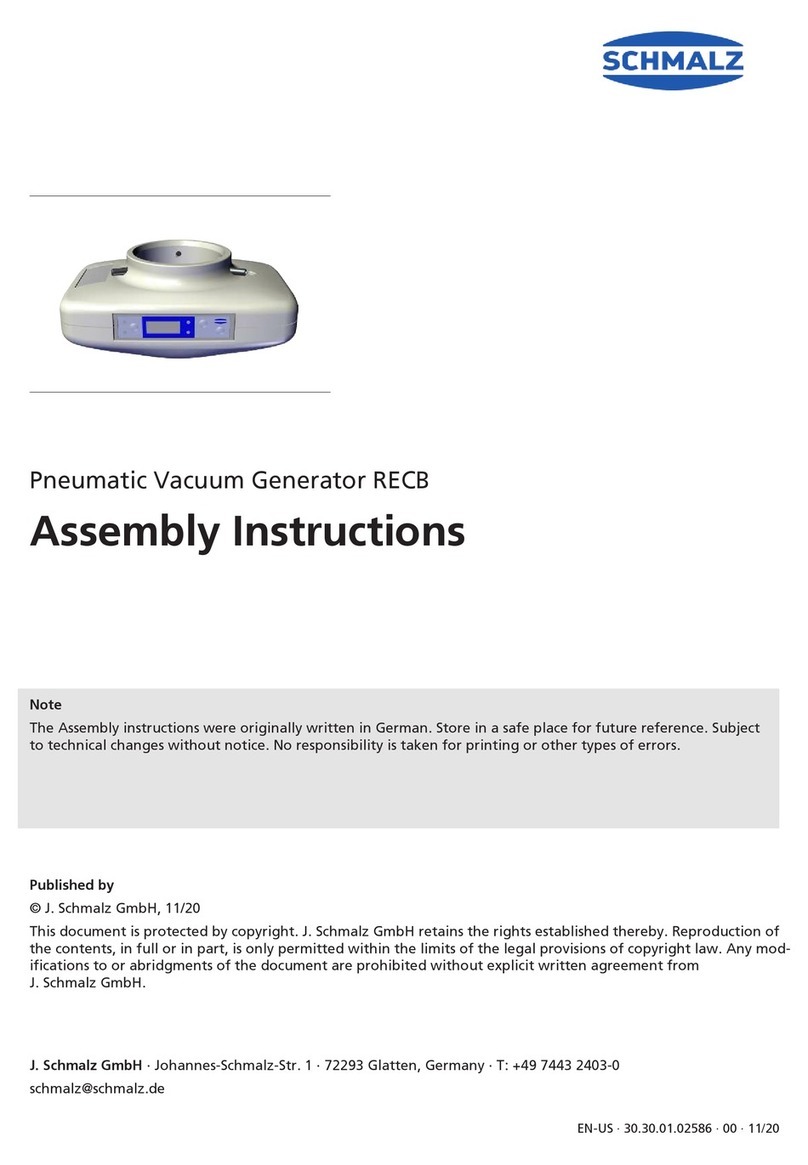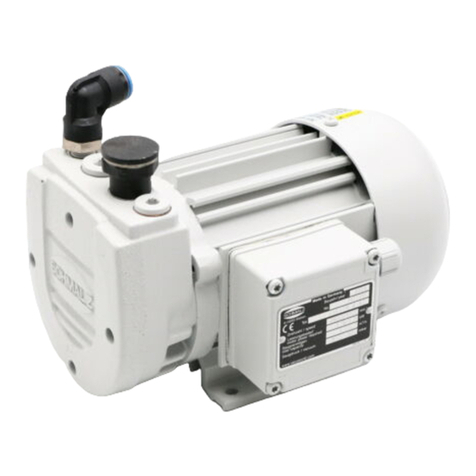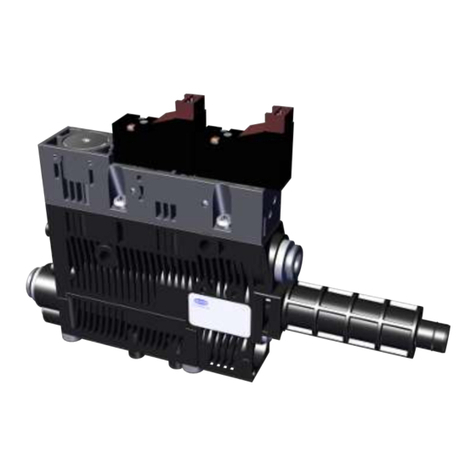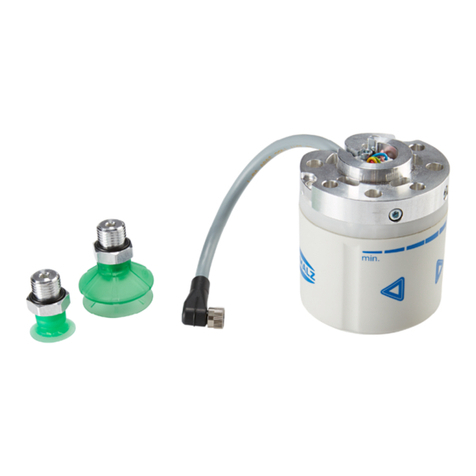
Contents
4 / 56 EN-US · 30.30.01.02196 · 01 · 11/20
5.11 Output and Input Signals.................................................................................................................. 22
5.11.1 Signal Inputs .............................................................................................................................. 22
5.11.2 Signal Outputs ...........................................................................................................................22
5.11.3 Signal Type................................................................................................................................. 23
5.12 Activating a Freedrive Request......................................................................................................... 23
5.13 Switch-Off Delay [0x004B] ................................................................................................................ 24
5.14 Device Functions................................................................................................................................ 24
5.14.1 Restricting Access Using Device Access Locks [0x000C] ........................................................... 24
5.14.2 Restricting Extended Access with Extended Device Access Locks [0x005A] ........................... 24
5.15 Resetting the Device to the Factory Settings................................................................................... 24
5.16 Counter(s) .......................................................................................................................................... 25
5.17 Displaying Errors and Warnings ....................................................................................................... 26
5.17.1 Displaying Errors........................................................................................................................ 26
5.17.2 Display of Warnings .................................................................................................................. 27
5.17.3 Temperature Display [0x0044] .................................................................................................. 27
5.17.4 Monitoring the Supply Voltages [0x0042] ............................................................................... 28
5.18 Energy and Process Control (EPC)..................................................................................................... 28
5.18.1 Condition Monitoring (CM) [0x0092] ....................................................................................... 28
5.18.2 Energy Monitoring (EM) [0x009D]............................................................................................ 31
5.18.3 Predictive Maintenance (PM) ................................................................................................... 31
5.19 Production Setup Profiles ................................................................................................................. 32
5.20 Device Data........................................................................................................................................ 32
5.21 User-Specific Localization ................................................................................................................. 32
5.22 Robot-specific Device Data ............................................................................................................... 33
5.23 Device Status...................................................................................................................................... 33
6 Transport and Storage..................................................................................................................................34
6.1 Checking the Delivery ....................................................................................................................... 34
7 Installation.....................................................................................................................................................35
7.1 Installation Instructions..................................................................................................................... 35
7.2 Mechanical Attachment.................................................................................................................... 35
7.3 Compatibility ..................................................................................................................................... 36
7.4 Description of the Electrical Connection ......................................................................................... 37
7.5 Start of Operations............................................................................................................................ 40
8 Operation ......................................................................................................................................................41
8.1 Hazard during Operation ................................................................................................................. 41
8.2 Preparations....................................................................................................................................... 41
8.3 Operating Modes .............................................................................................................................. 41
8.3.1 SIO Operating Mode ................................................................................................................. 42
8.3.2 IO-Link Operating Mode ........................................................................................................... 42
8.3.3 Operating Mode RS-485............................................................................................................ 42
9 Maintenance..................................................................................................................................................43
9.1 Safety ................................................................................................................................................. 43
9.2 Cleaning the Device .......................................................................................................................... 43
9.3 Cleaning the Sieve Insert .................................................................................................................. 43
9.4 Replacement of the Device with a Parameterization Server.......................................................... 43
10 Warranty........................................................................................................................................................44
11 Troubleshooting............................................................................................................................................45
